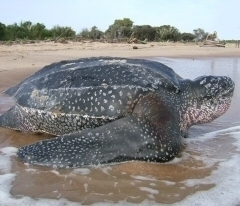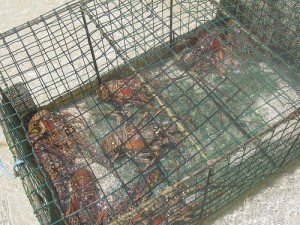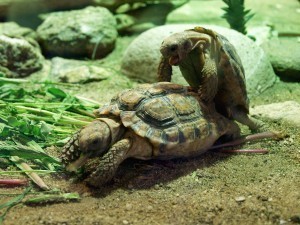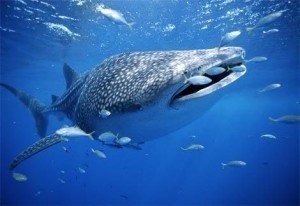What is the Biggest Turtle?
Turtles are highly interesting reptiles belonging to the order Testudines.  They are known for their distinct features including a cartilaginous or bony shell that serves as their shield. The very first turtle ever known dates back 215 million years ago, which makes turtles an older group of reptiles than the snakes and lizards. Aside from these amazing facts, it is also interesting to learn the size of the biggest turtle.
They are known for their distinct features including a cartilaginous or bony shell that serves as their shield. The very first turtle ever known dates back 215 million years ago, which makes turtles an older group of reptiles than the snakes and lizards. Aside from these amazing facts, it is also interesting to learn the size of the biggest turtle.
The Size of the Biggest Turtle
What is the biggest turtle? Amongst the different species of turtles, the biggest is the leatherback sea turtle or Dermochelys coriacea. The length of its shell can grow as long as 6.6 feet or 200 centimeters. The average length of adult turtles is 3.28 to 6.56 feet or 1 to 2 meters. In terms of weight, an adult can be as heavy as 2,000 pounds or 900 kilograms. The average weight is 551.16 to 1,543.24 pounds or 250 to 700 kilograms.
The leatherback sea turtle can dive to as deep as 4,200 feet or 1,280 meters. Based on reports, the largest ever found measured more than 9.84 feet or 3 meters long, starting from its head all the way to its tail. It weighed 2,019.43 pounds or 916 kilograms. Although generally smaller, the soft-shell turtle called Pelochelys cantorii, which is basically found in Asia, is also reported to grow as much as 6.6 feet or 200 centimeters.
Additional Facts and Other Interesting Details
The leatherback sea turtle or Dermochelys coriacea is the sole remaining living species under the genus Dermochelys. Unlike other modern sea turtles, this one does not have a bony shell. Instead of having one, it features a carapace covered with oily flesh and skin. It is considered an extant member of the Dermochelyidae family. It does not have teeth. Instead, it possesses points located on its upper lip. To help it swallow food, its throat has backwards spines.
These turtles usually live in the open ocean. Within a 647-day period, one specimen reportedly swam from Indonesia all the way to the United States in search for food. Unlike other reptiles, this species can swim and survive actively in colder waters. The diet of adult turtles relies heavily on jellyfish. Furthermore, they also eat different kinds of soft-bodied marine organisms like cephalopods and tunicates.
After hatching, baby turtles are in danger of predators like crustaceans, birds as well as other forms of reptiles. Leatherback turtles are very important to humans because they help control the populations of jellyfish, which reportedly disrupt the operations of boat engines, desalination plants and nuclear power plants. Under the terms of the Convention on International Trade in Endangered Species of Wild Flora and Fauna, it is illegal to kill or harm turtles.





